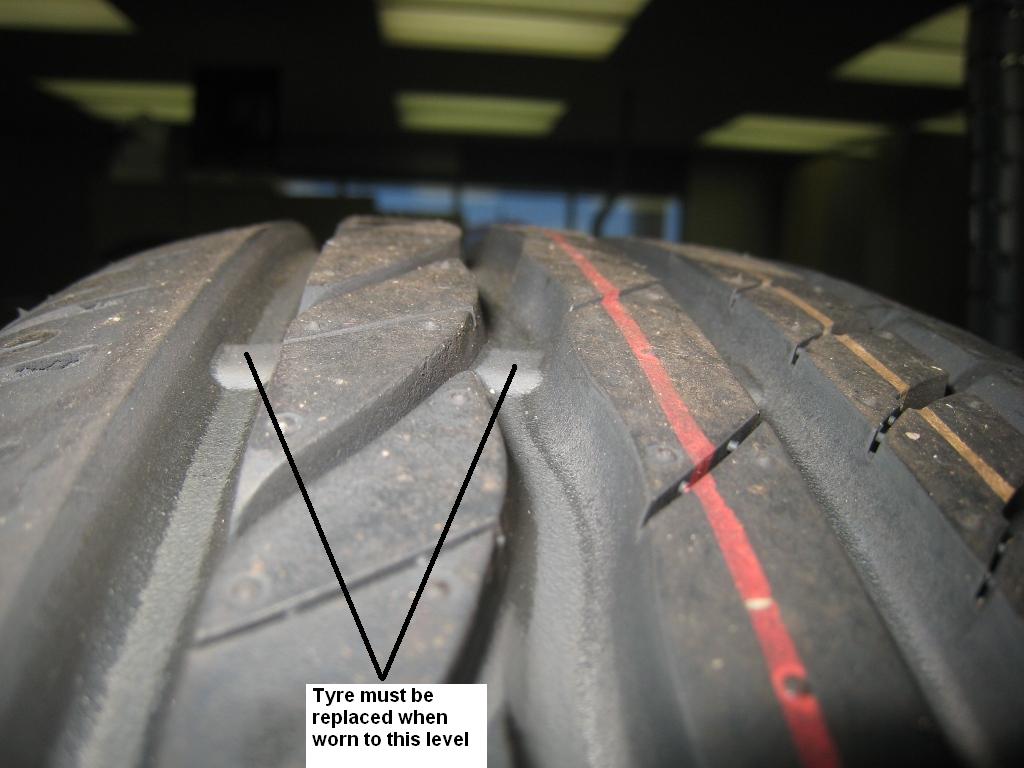Tread depth meters are no longer necessary to monitor the condition of modern tyres. This is the view of Mandy Lovell, Bridgestone South Africa’s Public Relations Manager “In past years, people used a tread depth meter or other ways to determine whether their tyres were still legal,” she explained.
“Some of these other methods included the head of a match or even coins, however, modern tyres have a built-in wear monitoring system called the Tread Wear Indicator.”
The Tread Wear Indicator (TWI) is a raised section moulded into the grooves of a tyre. There may be several TWIs around the tyre’s circumference and they can be located by finding a small triangle marked TWI on the shoulder of the tyre. The triangle points towards the TWI. The TWI is approximately 1.6mm high and when the tyre has worn down to the point where the tread blocks are level with the raised TWI, it should be replaced.
“A tyre which has worn down to the TWI may have some tread remaining, but it isn’t capable of dispersing water effectively in rainy conditions,” said Lovell. “The TWI serves to remind motorists that their tyres need replacing.” She cautioned that it was illegal to continue driving on a tyre which had worn level with the TWI. “A vehicle with tyres in this condition contravenes regulation 212 of our National Road Traffic Act,” she said. “Apart from reducing your safety levels in wet weather, it means your vehicle is technically unroadworthy – your insurer may refuse to pay your claim if you’re involved in a crash,” she added.
Confusion sometimes arose between the regulation dealing with the TWI and the regulation stating that a tyre should have at least one millimetre of tread remaining in order to be considered roadworthy. “If a tyre is fitted with a TWI, the TWI takes precedence,” she explained. “However, a tyre which has less than three millimetres of tread remaining offers very small margins of error in wet weather. In the interests of safety, we advise motorists to replace their tyres before they reach the legally-allowable wear limits,” she concluded.
Also view:






















